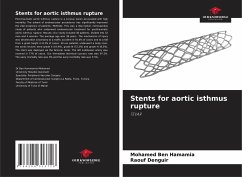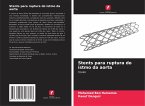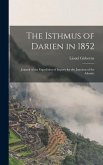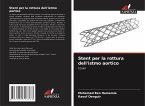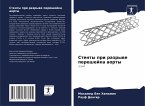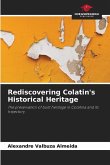Post-traumatic aortic isthmus rupture is a serious lesion associated with high mortality. The advent of endovascular procedures has significantly improved the vital prognosis of patients. Methods: This was a descriptive, retrospective study of patients who underwent endovascular treatment for posttraumatic aortic isthmus rupture. Results: Our study included 36 patients, divided into 32 men and 4 women. The average age was 38 years. The mechanism of injury was deceleration secondary to a traffic accident in 91.6% of cases and to a fall from a great height in 8.3% of cases. All our patients underwent a body scan, the aortic lesions were grade II (19.4%), grade III (72.2%) and grade IV (8.3%). The stent was deployed via the femoral route. The left subclavian artery was covered in 77% of cases. Our immediate technical success rate was 97.2%. The early mortality rate was 0% and the early morbidity rate was 5.5%.
Bitte wählen Sie Ihr Anliegen aus.
Rechnungen
Retourenschein anfordern
Bestellstatus
Storno

